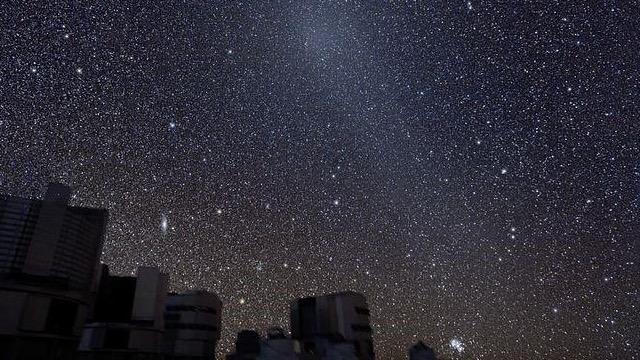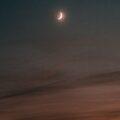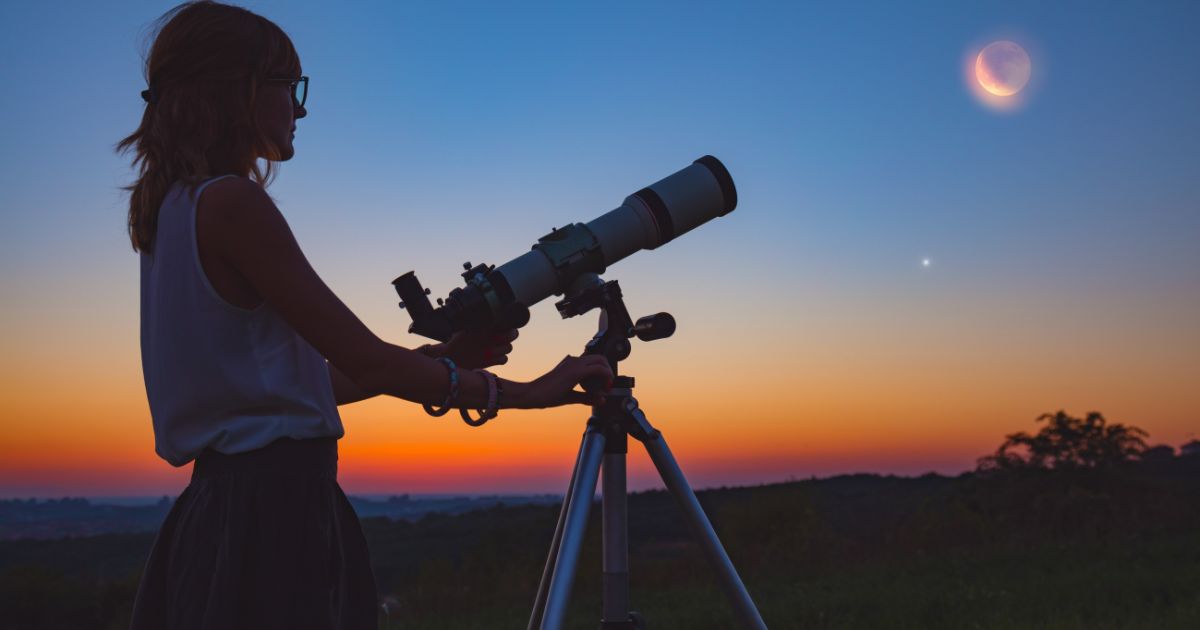If you have looked up at the night sky from an urban area, you know there is very little to see. The Moon is the brightest beacon and is visible during evening walkabouts for about weeks a month. One or two of the brightest planets may be visible but not very often. Unless you have a place to go that has no bright lighting, you may also see the brightest stars that mark the more prominent constellations.
The Zodiacal light, with its mystical reference, cannot be seen from urban areas or even from some rural sites unless the sky is free from the artificial skyglow from neighbouring towns. But once we see it and understand what it is, the view may leave an impression that will last a lifetime.

(Images: www.ontarioparks.com/parksblog/zodiacal-light-gegenschein/)
We start by explaining what it is so our explanation of how we can see it will make more sense.
The solar system is composed of our Sun, the major planets, minor planets and dwarf planets. These objects form a path around our sky called the ecliptic. The resulting plane of the ecliptic is tilted with respect to our Earth’s equator and its projection out onto the celestial sphere (celestial equator) by about 23.4 degrees. The brightness of the planets depends on their apparent size in our sky, their distance from the Sun and the Earth, and the reflectivity of their surfaces.
There are also comets and loose material that comes from their tails, and dust that is left over from formation of the planets over 4-billion years ago, and it is still being released by the collisions between these objects. But these dust particles are very small so their brightness also depends on the number of particles in a volume of space and how well they scatter light.
Most of this is dust is settling down into a thin plane delineated by the orbits of the planets. This creates an expansive cone of faint light, widest and brightest near the Sun, that fades and narrows with distance upward from the horizon. It is always there in the sky, but it is best seen only on early spring evenings and autumn mornings when the sky is at its darkest without moonlight. It extends over 20 degrees from the horizon, so it is best seen with our unaided eyes. Binoculars provide too narrow a field of view.
On spring evenings, the plane of the ecliptic is at a steep angle to the western horizon because it is angled above the celestial equator. This means more of it is high from the faint twilight along the horizon. For the populated latitudes of Canada, it juts up at about 60 degrees (clockwise) from the western horizon. This lets us see it at its maximum contrast with the surrounding sky.
From under a very dark sky the zodiacal band of light may extend across the sky through the constellations of late winter and bridge the winter Milky Way where it might become lost from view.
Opposite the Sun in our sky, on our meridian at about midnight, is a brightening in the zodiacal band called the Gegenschein or countershine. We can see a similar, though terrestrial, effect when flying in an aeroplane. The clouds or ground around the aircraft’s shadow is much brighter than to the side.
The Zodiacal light can also be seen in the autumn, but observers need to look for it several hours before dawn.
Although subtle and difficult to see, the zodiacal light is visual evidence for the disk-like structure of our solar system and the extensive interplanetary dust and countless other particles that exist between the planets.
As we orbit the Sun, we sweep up this material, which hits our atmosphere at tens of kilometres per second. At this speed, they vaporize, leaving bright streaks across our sky we call meteors. So, in this case, one visual phenomenon creates a second one to entertain us during our evening walkabouts.
One of Canada’s foremost writers and educators on astronomical topics, the Almanac has benefited from Robert’s expertise since its inception. Robert is passionate about reducing light pollution and promoting science literacy. He has been an astronomy instructor for our astronauts and he ensures that our section on sunrise and sunset, stargazing, and celestial events is so detailed and extensive it is almost like its own almanac.













